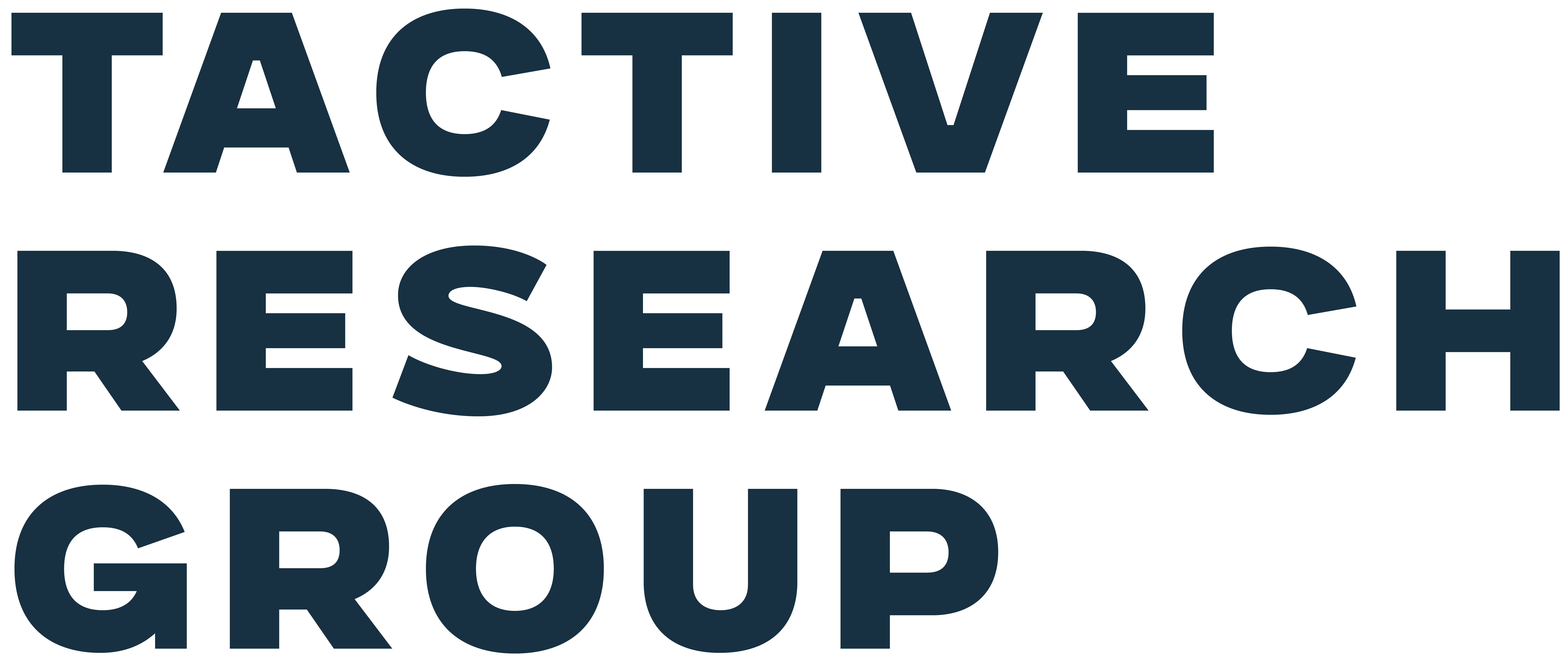Quick Take
AI regulation is shifting from hypothetical to operational. ISO/IEC 42001 gives organizations, including SMEs, a structured, certifiable way to align AI governance with ethical, legal, and security expectations. Start laying the groundwork now to demonstrate trustworthiness before it becomes mandatory.
Why You Should Care
- A Standard for all, not just the giants: ISO/IEC 42001 is explicitly designed to apply across sectors, sizes, and AI maturity levels. Whether you're a startup deploying open-source LLMs or an SME integrating third-party AI into workflows, the standard provides a scalable governance framework that keeps pace with adoption, without overengineering complexity.
- Cybersecurity and AI governance are a joint effort: AI amplifies the attack surface and introduces model-specific risks (think prompt injection or model inversion). ISO/IEC 42001 embeds security and data privacy throughout the AI lifecycle. It dovetails with ISO 27001 and the NIST AI Risk Management Framework, helping CISOs unify cyber and AI oversight under a single governance canopy.
- Certification Is gaining speed (and credibility): BSI and LRQA began issuing certifications in early 2024, with Microsoft’s Copilot among the first high-profile recipients. The complementary ISO/IEC 42006 standard (published July 2025) ensures auditors are qualified to certify AI Management Systems (AIMS), raising the bar for trustworthy assessments and de-risking the “AI audit wild west.”
- Built for regulatory alignment: ISO/IEC 42001 anticipates and complements major regulatory movements, from the EU AI Act and NIS2 to DORA and forthcoming UK cybersecurity mandates. Adoption now builds resilience before compliance becomes a scramble.
What You Should Do Next
Choose to pursue either full certification or internal alignment. Make the decision based on your sector and risk posture.
Get Started
- Conduct an AI usage audit. Define your compliance surface by identifying how your organization is building or consuming internal and third-party AI solutions. This includes integrations like Copilot, chatbots, and recommendation engines (including SaaS tools).
- Use existing governance muscle. Avoid duplicating governance work by leveraging overlaps of ISO/IEC 42001 and other existing controls (NIST CSF, SOC 2) with ISO/IEC 27001 and ISO/IEC 27701.
- Engage executives early. Leadership alignment ensures that AI governance becomes a strategic pillar, not just a compliance checkbox.
- Prepare for certification or equivalence. If formal certification isn’t a priority, document your AIMS alignment to reassure clients, auditors, and regulators.

